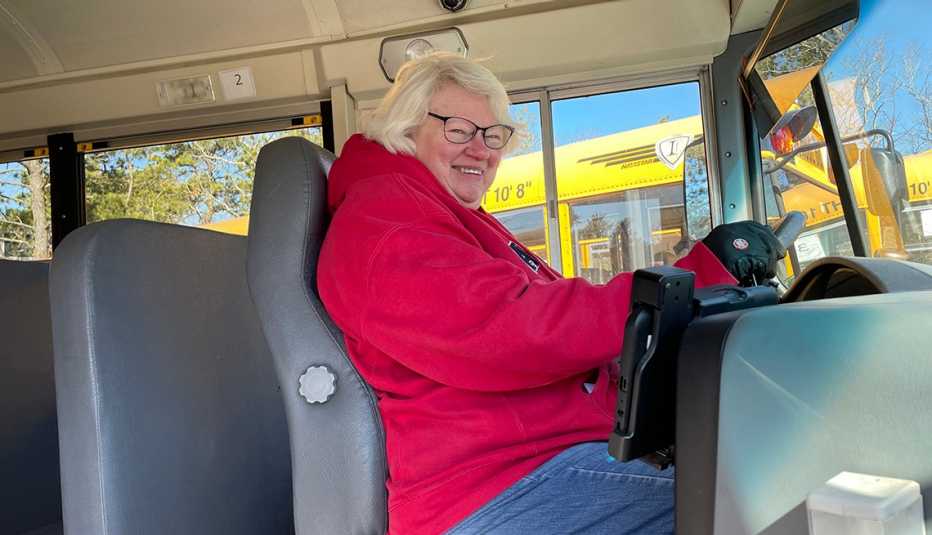AARP Hearing Center
The first time I saw a Chinese opera, I was hooked. This was in Hong Kong, where I grew up, and my mother was performing as an amateur in a charity event for the local YWCA. I was 6 and begged for lessons. Although the training is very tough, I was fortunate to study with a world-renowned star, Yim-Hing Law. At 95, she still travels to the U.S. when she can to see me perform.
Chinese opera spans centuries. It involves singing, like Western opera, but also acrobatics, dance and martial arts, and spectacular costumes, hairpieces and makeup.
I was dedicated to my training. My parents, however, didn’t want me to try to make a living as an opera performer, so they sent me to college. I began a career at Cathay Pacific Airways, where I worked as a secretary, then a flight attendant, then an executive trainer. In 1988, I moved to the San Francisco Bay Area and took a job as a fundraiser at Self-Help for the Elderly, which serves the area’s vulnerable older adults with nutrition, health and housing programs. (I recently retired from that job and have transitioned to a volunteer fundraising role with the agency.)


But I missed the opera. In 1997, I founded a Chinese-opera troupe, Duen Fung Ming, in the Bay Area. Its mission is to train future generations of performers — of all ethnicities, not just Chinese American — and to spread the art to wider audiences in the Western world. The troupe currently consists of more than 60 volunteers, including performers, musicians, the backstage crew and an audiovisual production team. I direct, choreograph and produce our performances, and each serves as a fundraiser for Self-Help. In 2019, just before the pandemic, we raised $200,000 for the agency. We had to take a break due to COVID, but we did a virtual performance last year and hope to do an in-person performance in November, if the pandemic allows.
What I love about Chinese opera is the beauty of the spectacle and the stories, which are taken from Chinese history and mythology. It’s a physically taxing art, not only because of all the movement but because of the weight of the costumes. To wear a crown, you have to wrap three or four yards of ribbon around your head for support — so the crown stays put through all the wild movements.
Now that I’m older, it’s much harder to do some of the acrobatic moves, like fighting, jumping and bending down on one leg. But I still love the opera as much as I did the first time I saw it.
Josephine Ma, 75, is a volunteer fundraising consultant in Hayward, California, and the founder of the Duen Fung Ming opera troupe.
































































